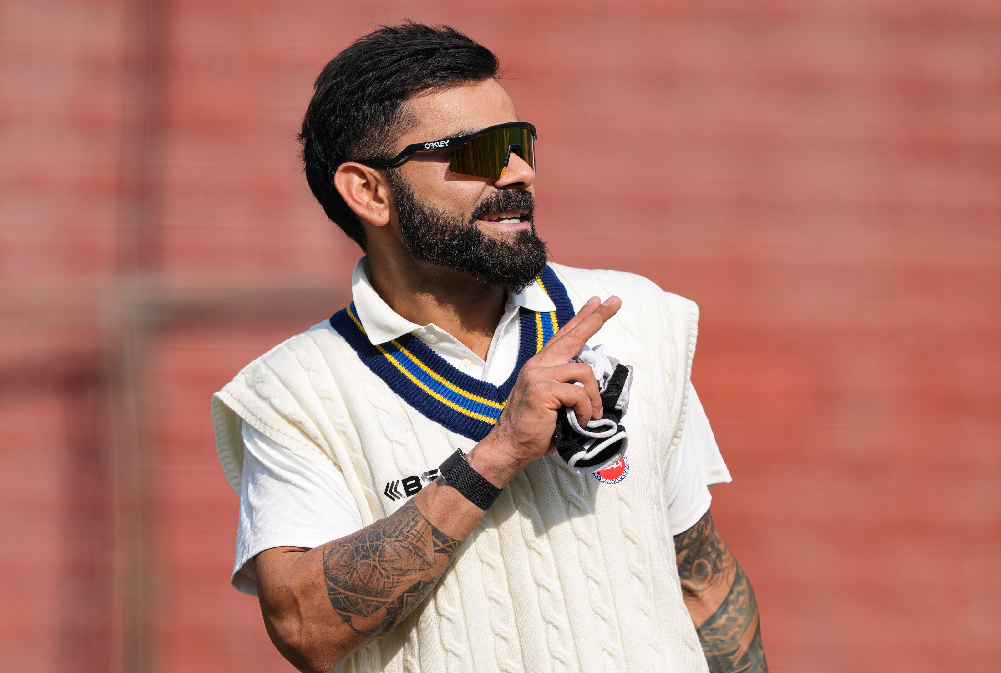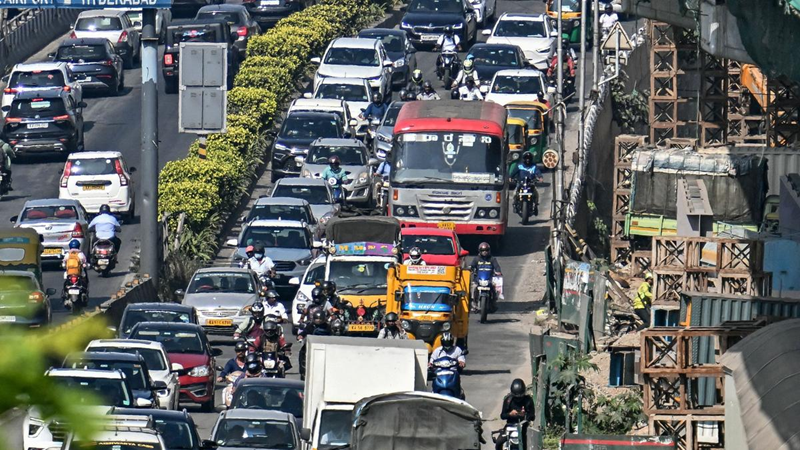
Long, Rare, Useful Stalemate
India has to begin the transformation now, starting with a conscious hedging of the risk posed by its dependence on Russian military supplies
Shekhar Gupta
Taking a broad view of India’s external security prospects for the year, you can make one of two easy, if contrary choices. One — if you’re an optimist and/or a Modi government backer — is that things have never been so calm.
There’s a chronic but stable stalemate on the border with China, and the Pakistan Army is too busy counting its dead on the western frontier and facing an unprecedented challenge from an increasingly popular leader. And India’s alliances to the west and the east are becoming more durable, bound by the glue of the common threat of China.
On the contrary, if you’re a worrier, and/or a critic of the Modi government, you will see trouble in the air. The Chinese are consolidating their squatting rights and the Modi government has failed to move them militarily or diplomatically. Pakistan will get over its internal issues eventually and get back to its usual business. In any case, China and Pakistan continue to work closely together.
With the Chinese forcing India to shift its military posture, moving much firepower to the north from the west, the Pakistanis can take comfort. And India’s western allies will remain much too invested in Ukraine to have the mind-space for hereabouts. Both formulations are fact-based. What ‘tadka’ of political bias you put in the pan is your choice. But, as invariably happens in scenario-mapping, there is a third possibility, too. India and China have stabilised their standoff.
This was evident in the mutual calming moves after the melée in Tawang. There was even a quick flag meeting between local commanders, which hadn’t been the norm since the snows melted in eastern Ladakh in 2020 and trouble began. Both countries are now fully deployed and must understand that any quick, low-cost military gains are ruled out. Both also know what bad odour any fresh skirmishes will bring internationally.
India never had any incentive to start anything anyway. And unless Xi Jinping is nuts, he, too, will see the downside of bad headlines from his borders with India. This, when Russia and America — respectively his most important strategic ally and most significant trading partner — are locked in the biggest proxy war (though fronted by two sovereign states in this case) since Vietnam.
This is all very good, but things could change dramatically if there is a resolution of some kind in Ukraine. Then China can return to being the neighbourhood bully. The Pakistan Army’s current distractions with domestic politics and its Islamist insurgents apart, there is no evidence of a durable shift in its view of India. Its biggest limitation, however, comes not from terrorists it reared or Imran Khan. It is the economy.
After Sri Lanka, Pakistan’s is the most bankrupt economy in the region. Unlike Sri Lanka, it also has to feed, pay and arm a large army, maintain internal stability amid rising inflation and joblessness, manage an adversarial relationship with a growing India, and be held responsible for its nuclear weapons. Economic frustrations will fuel support for super-populist Imran. If a fair election is held, the odds are on him winning.
If the Pakistan Army decides to play by the rules of the casino — that no matter what somebody’s cards, the house always wins — it will unleash a crisis of unpredictable severity. The Pakistan Army has no institutional memory of being challenged on the street by a politician with rising popularity. And unlike when Zulfikar Ali Bhutto rose to power in the aftermath of the Bangladesh war, it isn’t even a defeated army. For the new army chief, this is a near-impossible set of challenges.
At which point might he decide on that most tempting option, a grand distraction with India, to unify popular opinion under the army? This set of facts helps sum up the third scenario. That the strategic situation around India has neither improved nor worsened. It’s gone into a rare, long and useful stalemate. Two things follow. One, that this will end sooner rather than later. This is too good to last. And second, that while this affords India some rare strategic breathing time, we will waste it at our own peril.
This is the time to look at the future, accelerate the changes in the works, fast-forward the reforms that always run into the roadblock of dayto-day operational threats and challenges. You wait too long, and you might find yourself back to the old ‘normal’, dealing with a live military threat that leaves no space for thinking beyond today’s crisis. Since 2014, the Modi government has instituted a significant repositio
 English daily published in Bengaluru & Doha
English daily published in Bengaluru & Doha






